The race to drug KRAS is reshaping not only science but the entire biotech ecosystem. Once deemed “undruggable,” KRAS became a proving ground for startups, academic spinouts, and AI-driven discovery. This part reviews key players—Revolution Medicines, Amgen, Boehringer Ingelheim, Roche/Genentech, BridgeBio, Mirati (now part of BMS), and Exscientia (now part of Recursion Pharmaceuticals)—and their strategic evolution.
1. Amgen — The Pioneer of G12C and the Challenge Beyond
Amgen’s Sotorasib (Lumakras) broke the barrier as the first KRAS G12C inhibitor approved for NSCLC, marking a milestone in oncology. However, its reach remains limited due to:
- Eligibility restricted to G12C (~13–14% of KRAS mutations)
- Resistance driven by WT-RAS and RTK reactivation
- Variable efficacy and toxicity in ICB combinations
Amgen now focuses on SHP2 combination studies (e.g., RMC-4630) and exploring pan-KRAS and degrader approaches to overcome resistance.
2. Revolution Medicines — Architect of the RAS(ON) Era
Revolution Medicines (RMC) is leading the modern RAS landscape through its RAS(ON) inhibitors targeting the active GTP-bound state across multiple alleles.
- RMC-6236: Pan-RAS(ON) inhibitor (mutant + WT control)
- RMC-6291: G12C-selective RAS(ON)
- RMC-9805: G12D-selective RAS(ON)
By integrating SHP2 blockade and network-based modeling, RMC formalized the concept of RAS Network Therapy—the blueprint for today’s “Systems RAS” paradigm.
3. Boehringer Ingelheim — Targeting the Upstream SOS1 Node
Boehringer Ingelheim’s SOS1 inhibitor BI-1701963 disrupts RTK→RAS signaling loops and shows promise in RTK-driven cancers. BI’s digital platform BI.X models RAS signaling to unify medicinal chemistry with AI-based analytics.
4. Roche / Genentech — Cross-Modality Integration of ADC and RAS
Roche, through Chugai collaborations, maintains global leadership in ADC technologies. Meanwhile, Genentech integrates RAS signaling research with immune-metabolic biology, pursuing a multi-layered approach: RAS inhibition → immune reactivation → synergy with ADCs or T-cell therapies. This cross-modality strategy exemplifies the fusion of signaling, immunity, and targeted delivery.
5. BridgeBio and Mirati (now BMS) — Expanding Precision Oncology
BridgeBio advances genotype-defined oncology, focusing on rare KRAS alleles (G12D, Q61H). Mirati Therapeutics, acquired by Bristol Myers Squibb in 2023, extended its adagrasib (Krazati) platform into combined RAS + ICB development, now part of BMS’s oncology portfolio.
6. AI-Driven and Quantum Discovery — Exscientia (now Recursion) Leads the Shift
Exscientia (now Recursion Pharmaceuticals) pioneered AI-driven molecular design and decision-making in RAS inhibitor discovery. Alongside XtalPi and Insilico, it models RAS’s conformational dynamics and Switch II pocket formation, enabling candidate generation for RAS(ON) and degrader classes. Quantum-assisted modeling further enhances molecular sampling, representing the next phase of intelligent RAS drug design.
7. A New Axis of Competition — Precision Over Speed
The RAS race has shifted from “first-to-market” to precision, adaptability, and network intelligence. Winners will master integration—AI × degradation × immune-metabolic modulation—supported by adaptive clinical designs and real-time data loops.
8. Author’s Perspective — Science and Industry Converge Again
RAS drug discovery has reunited science and business. Molecular design, AI analytics, and corporate strategy now function as one creative ecosystem. This RAS-driven renaissance is not only reshaping cancer therapy—it is redesigning the future of medicine itself.
This article was produced by the Morningglorysciences Editorial Team.
Related articles








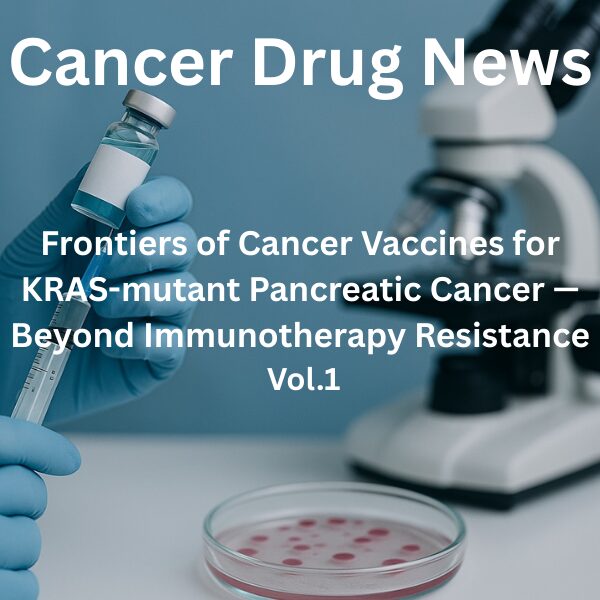
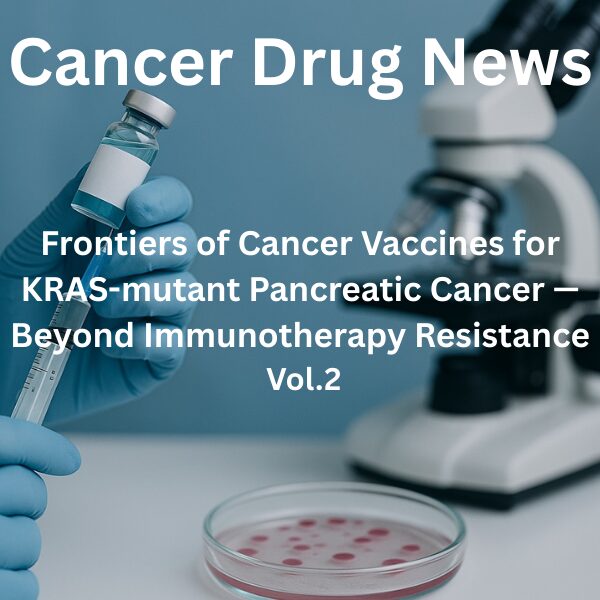
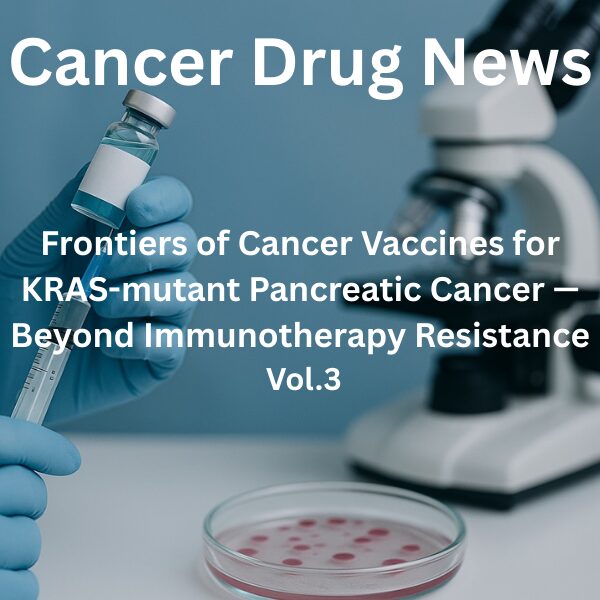
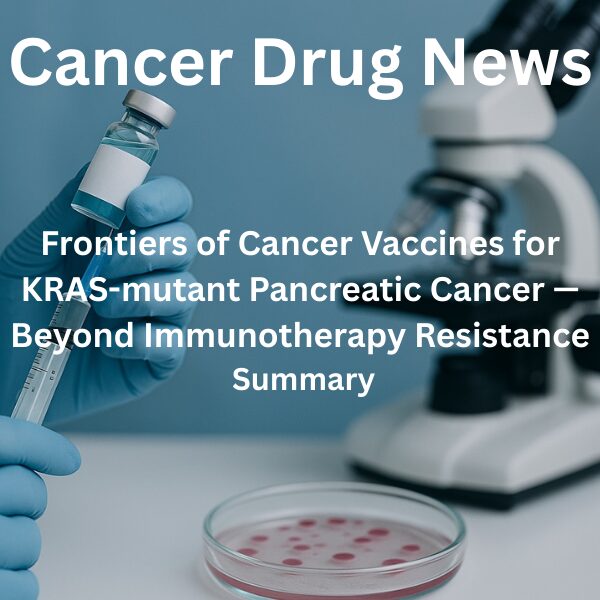
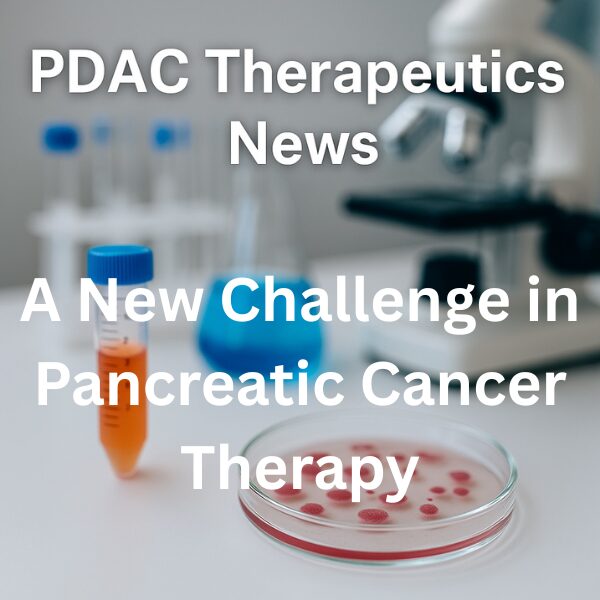

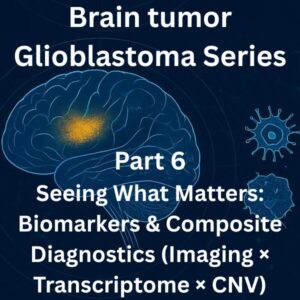
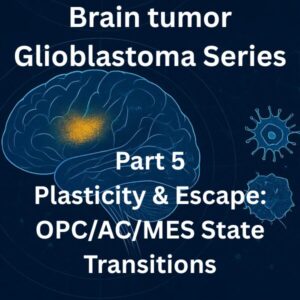
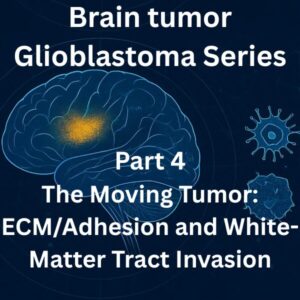
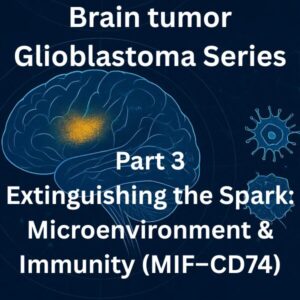
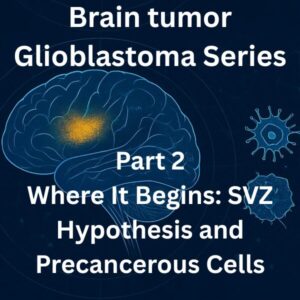
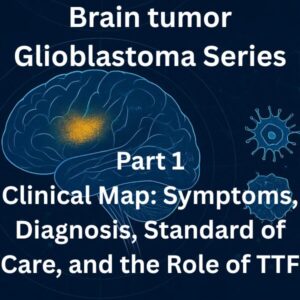
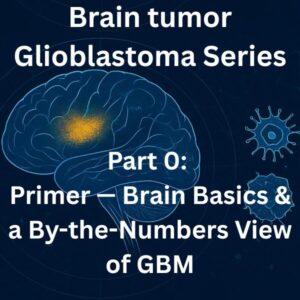
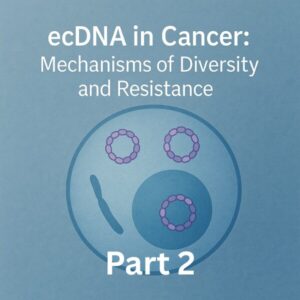
Comments